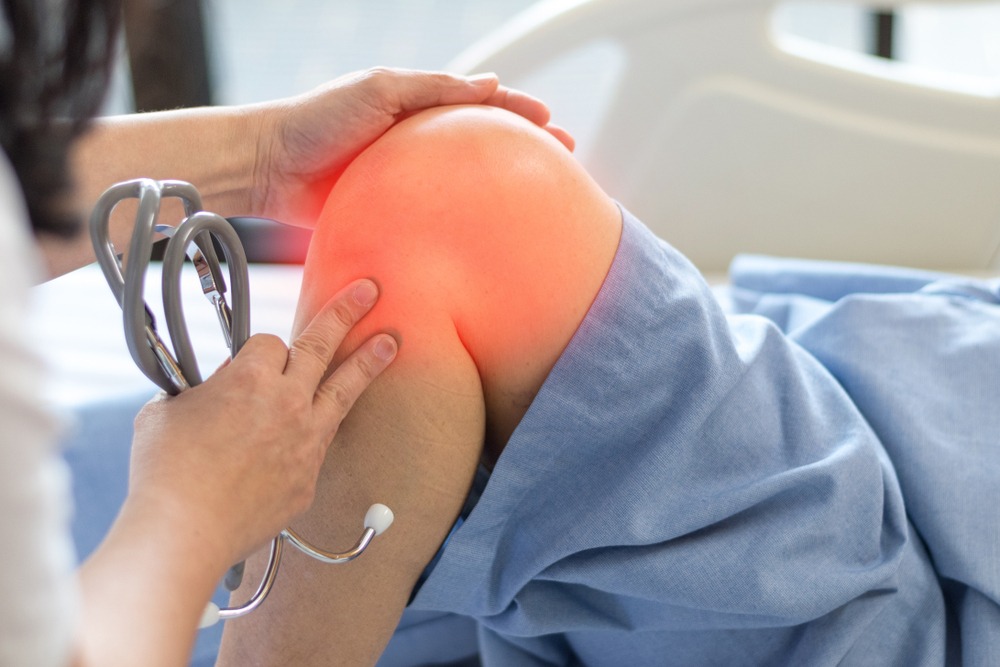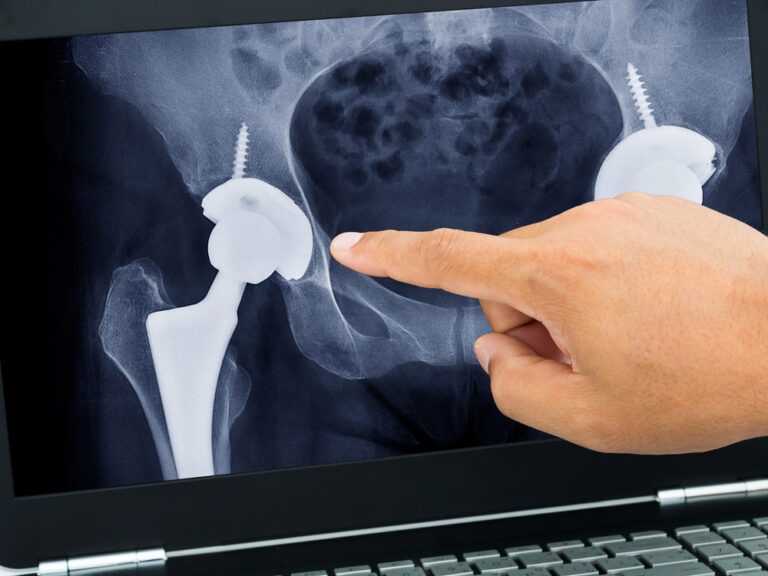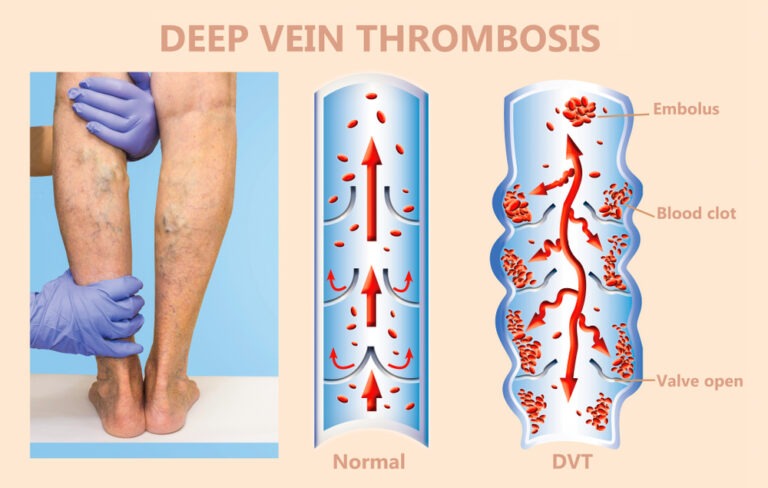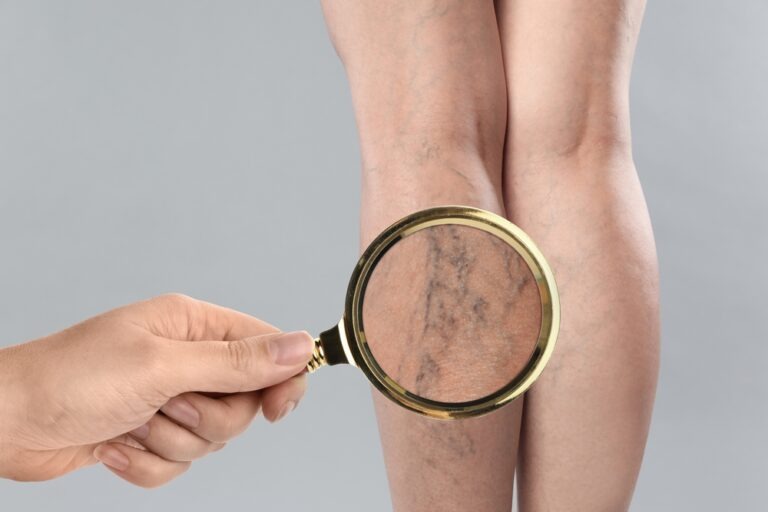As an Amazon Associate. We get small commissions for purchases made through affiliate links in this post at no extra cost to you. More info. Amazon Affiliate Disclaimer

what is the Chondromalacia patellae?! Picture this: you’re strolling through life, knees flexing and bending with ease, and then, out of the blue, comes the dreaded knee pain. Chondromalacia is the villain behind that plot twist. At its core, chondromalacia is a condition where the smooth, shiny cartilage that cushions your kneecap decides to go rogue. Instead of remaining silky and supple, it turns into a grizzled, worn-out path, rough as a gravel road. This knee cap cartilage, technically known as the patellar cartilage, takes a beating due to a myriad of reasons – overuse, misalignment, or perhaps just a touch of bad luck. As a result, your once-happy knees might start to grumble, making simple tasks like climbing stairs feel like climbing Mount Everest.
But fear not, dear reader, for there’s hope. Chondromalacia isn’t a life sentence of knee misery. With some TLC, physical therapy, and perhaps a bit of patience, you can coax that grumpy cartilage back to its smooth, gliding self. So, the next time your knees start their own protest, remember, chondromalacia might be the culprit, but it’s a puzzle you can solve with a dash of determination and a sprinkle of knowledge.
Chondromalacia Causes
Chondromalacia, that knee cap quagmire, has a medley of potential culprits when it comes to its causes. First off, we have the overuse fanatics – folks who simply can’t resist the temptation to put their knees through the wringer with excessive activities like running or squatting. Then, there’s the misalignment posse, where your knee cap decides to wander off its designated path, causing friction and irritation. And let’s not forget the biomechanical quirks – some of us are born with funky knee structures that predispose us to this conundrum. It’s also known to cozy up with arthritis, often becoming a tag-along condition. So, in essence, chondromalacia is a bit of a chameleon, adapting its causes to fit each individual’s unique knee story.
But wait, there’s more to this knee cap mystery! Chondromalacia isn’t just about wear and tear; it can be a tad temperamental when it comes to risk factors. Ladies, take heed, for gender can play a role, with women more prone to this knee conundrum than their male counterparts. If you’re on the younger side of life, your knees might be in the danger zone too, as chondromalacia often favors the youthful. And if your muscle game isn’t strong, well, that could be an invitation for trouble. Weak thigh muscles can’t provide the support your knees need, leaving them vulnerable to the whims of chondromalacia.
But remember, my knee-weary friend, the causes and risk factors of chondromalacia are like a complex recipe. Sometimes, it’s not just one ingredient but a pinch of this and a sprinkle of that coming together to create the perfect storm for knee discomfort. So, it’s not always easy to pinpoint a single villain in this knee cap caper.
Chondromalacia Risk factors
Ah, let’s delve deeper into the fascinating realm of risk factors for chondromalacia, shall we? Picture them as the backstage crew setting the stage for this knee drama. First up, we have age – the older we get, the more wear and tear our knees have endured, making chondromalacia a potential menace for those with a few more candles on their birthday cake.
Now, let’s talk about gender bias in the knee world. Ladies, beware! Women are more likely to find themselves in the clutches of chondromalacia compared to men. Blame it on anatomy or the forces of nature; the knee cap often favors the fairer sex.
But that’s not all; there’s a twist in this plot. If you’re a sporty soul, especially into activities like running or jumping, you might be handing chondromalacia an engraved invitation. High-impact sports can be a double-edged sword, sculpting those muscles but also pushing your knees to their limits.
Lastly, if your body alignment is a bit of a rebel, with your knee cap veering off its ideal track, you’re in the risk zone. It’s like a crooked path in the forest – sooner or later, you’re going to stumble.
But remember, my knee-knowledge-hungry friend, these risk factors often intermingle, creating a unique cocktail of vulnerability for each individual. So, when it comes to chondromalacia, it’s not a one-size-fits-all scenario; it’s more of a personalized knee cap caper.
Certainly, here are the risk factors for chondromalacia presented in concise points:
- Age:
- Advanced age increases the likelihood of developing chondromalacia as cartilage naturally degenerates over time.
- Gender:
- Women are at a higher risk for chondromalacia compared to men, possibly due to anatomical and hormonal differences.
- Physical Activity:
- Engaging in high-impact or repetitive activities, such as running or jumping, raises the risk of chondromalacia.
- Muscle Weakness:
- Weak quadriceps and thigh muscles can fail to adequately support the knee joint, making it more susceptible to chondromalacia.
- Biomechanical Issues:
- Structural problems, like patellar misalignment, can disrupt normal knee cap movement and lead to cartilage damage.
- Previous Injuries:
- A history of knee injuries or trauma, such as dislocations or fractures, increases the risk of chondromalacia.
- Arthritis:
- Underlying joint conditions like osteoarthritis or rheumatoid arthritis can exacerbate chondromalacia.
- Genetics:
- Some individuals may have a genetic predisposition to chondromalacia, making it more likely to develop.
- Improper Footwear or Techniques:
- Wearing shoes with inadequate support or using incorrect exercise techniques can contribute to knee issues, including chondromalacia.
- Obesity:
- Excess body weight places added stress on the knee joints, increasing the risk of cartilage wear and tear.
These risk factors often interact and combine to influence an individual’s susceptibility to chondromalacia, creating a unique set of circumstances for each person.
The Ultimate Chondromalacia Treatment Guide
Certainly, let’s craft the ultimate guide to the treatment of chondromalacia, your trusty roadmap for tackling this tricky knee cap conundrum:
**1. Consult a Healthcare Professional:
- First things first, if you suspect chondromalacia, consult a healthcare provider or orthopedic specialist for an accurate diagnosis and personalized treatment plan.
**2. Rest and Activity Modification:
- Give those knees a breather. Reduce or modify activities that exacerbate symptoms, such as high-impact sports or excessive squatting. Rest allows your knees to heal.
**3. Physical Therapy:
- A physical therapist can be your best buddy. They’ll guide you through exercises to strengthen muscles around the knee, improve flexibility, and correct any biomechanical issues.
**4. Pain Management:
- Over-the-counter pain relievers like ibuprofen or acetaminophen can provide temporary relief. Your doctor may also recommend corticosteroid injections for more severe pain.
AS AN AMAZON ASSOCIATE. WE GET SMALL COMMISSIONS FOR PURCHASES MADE THROUGH AFFILIATE LINKS IN THIS POST AT NO EXTRA COST TO YOU.
**5. RICE Protocol:
- Rest, Ice, Compression, and Elevation can work wonders. Ice packs help reduce inflammation, while compression and elevation minimize swelling.
**6. Orthotics and Supportive Footwear:
- Custom orthotic inserts or supportive footwear can improve foot and knee alignment, reducing stress on the kneecap.
**7. Bracing:
- In some cases, a knee brace may be prescribed to stabilize the joint and alleviate pain during physical activities.
**8. Biomechanical Corrections:
- If structural issues are at play, your healthcare provider may recommend specific exercises or techniques to correct patellar alignment.
**9. Weight Management:
- Shedding excess pounds can significantly ease knee pain and reduce stress on the joints.
**10. Surgical Options (In Severe Cases): – For cases resistant to conservative treatments, surgical procedures like arthroscopy may be considered to repair or realign the damaged cartilage.
**11. Lifestyle Changes: – Embrace a knee-friendly lifestyle by incorporating low-impact exercises like swimming or cycling and practicing good posture to reduce strain on your knees.
**12. Long-Term Management: – Chondromalacia can be a chronic condition, so developing a long-term management plan with your healthcare provider is essential to prevent recurrence and maintain knee health.
**13. Patience and Persistence: – Healing takes time, and progress can be gradual. Stay committed to your treatment plan and be patient with your knees’ recovery journey.
Remember, the ultimate guide to chondromalacia treatment is tailored to your unique situation. What works for one person may not work for another, so it’s crucial to work closely with your healthcare team to find the right combination of strategies for your knee’s well-being.










